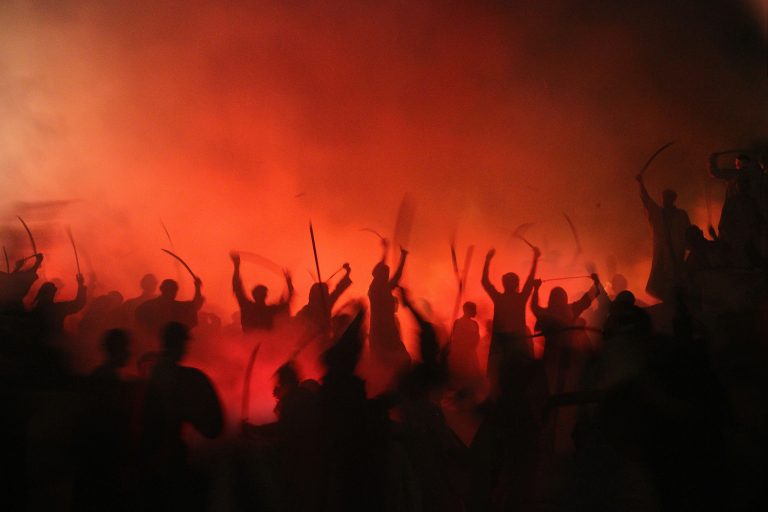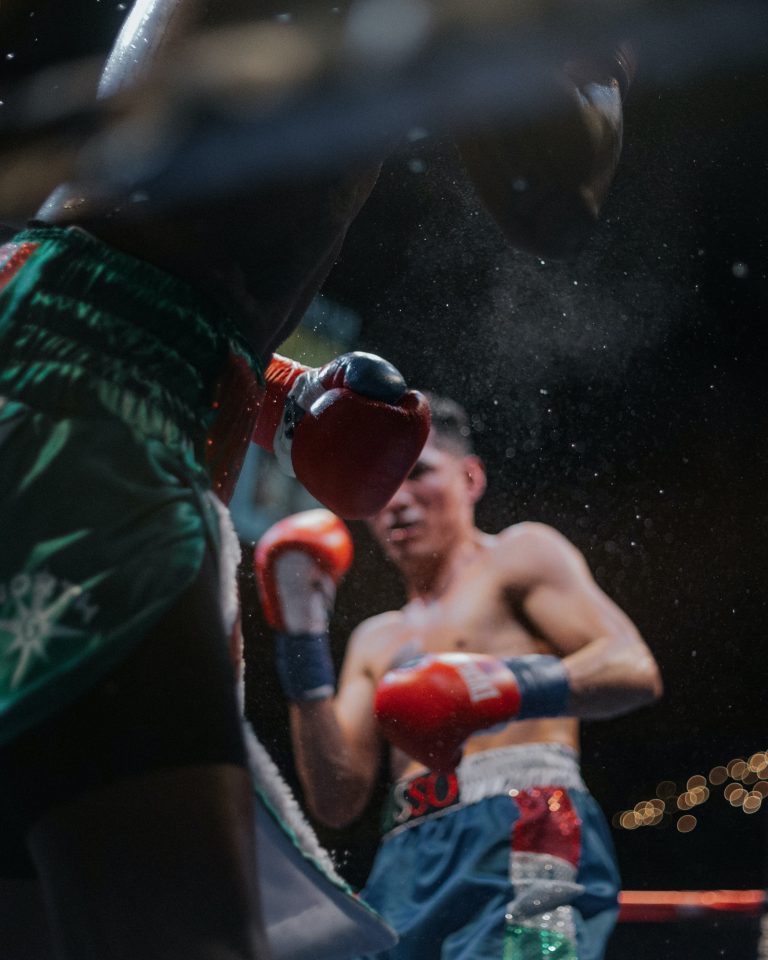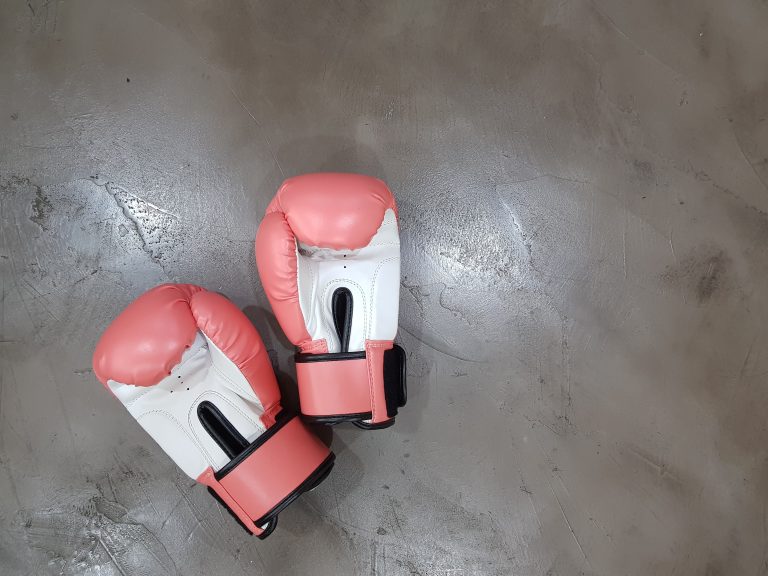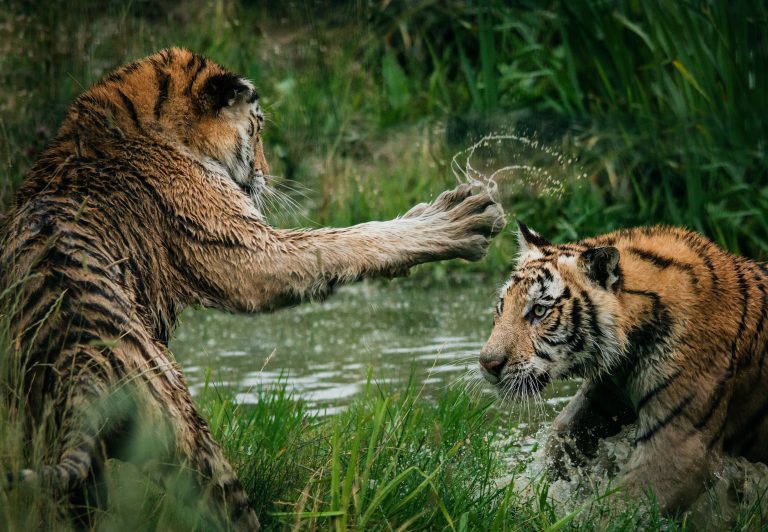Basic Karate Terms in Japanese: A Comprehensive Guide
If you’re interested in learning karate, whether it’s just for fitness and self-defense or to become a professional martial artist, one of the first things you’ll need to do is familiarize yourself with the basic karate terms, especially those in Japanese.
As you advance in your training, Japanese terms will be used regularly, and you don’t want to be left out. Knowing and understanding basic karate terms will help you communicate effectively with your instructors, peers, and other martial arts enthusiasts. This guide will introduce you to some of the most basic karate terms in Japanese.
Karate: The Japanese Martial Art
Karate is a Japanese martial art that originated in the Ryukyu Kingdom, now known as Okinawa, Japan. Developed in the 19th century, Karate has its roots in Chinese martial arts, and its techniques primarily involve strikes, kicks, and punches.
Karate involves the use of several Japanese terms to describe different styles, techniques, movements, and attitudes. Understanding these basic karate terms can enhance your training and help you understand your instructors and fellow students better.
The Basic Karate Terms in Japanese
Here is a list of basic karate terms in Japanese that you need to know:
Karate Stances
Karate stances are fundamental to its practice. Proper stance provides balance, stability, and speed. Here are some of the basic karate stances in Japanese:
- Zenkutsu dachi: A forward stance where the body weight is distributed evenly between both legs.
- Kokutsu dachi: A back stance where most of the bodyweight is on the back leg.
- Kiba dachi: A horse stance where the legs are shoulder-width apart, and the weight is distributed evenly on both legs.
- Neko ashi dachi: A cat stance where one foot is forward, and the other foot is diagonal, and the weight is on the rear leg.
Karate Techniques
Karate techniques are classified into strikes, kicks, punches, and blocks. Here are some of the basic karate terms in Japanese for these techniques:
- Tsuki: A punch.
- Keri: A kick.
- Uchi: A strike.
- Uke: A block.
- Gyaku tsuki: A reverse punch.
- Mae geri: A front kick.
- Morote uchi: A double strike.
- Gedan barai: A downward block.
Karate Belt Levels
A karate belt represents your level of proficiency in the martial art. Here are some basic karate belt levels in Japanese:
- Mukyu: White belt.
- Ikkyu: Brown belt.
- Shodan: First-degree black belt.
- Nidan: Second-degree black belt.
- Sandan: Third-degree black belt.
Karate Culture and Attitudes
Karate culture and attitudes are essential to the philosophy of martial arts. Here are some of the basic karate terms in Japanese for these aspects:
- Osu: A greeting, meaning „to persevere.“
- Rei: A bow used to show respect.
- Zanshin: Awareness and readiness for another attack.
- Dojo: A training area or martial arts school.
- Sensei: A teacher or instructor.
- Deshi: A student.
Final Thoughts
The Japanese language is deeply connected to the practice of karate. Therefore, learning these basic karate terms in Japanese is essential to your journey as a martial artist. Apart from improving your communication with instructors and peers, it also deepens your understanding of the philosophy and culture behind the martial art.
We hope this guide has been helpful in introducing you to some of the basic karate terms in Japanese. Practice them regularly, and you’ll soon be speaking like a seasoned martial artist.
Frequently Asked Questions about Basic Karate Terms in Japanese
If you are new to karate, you might find yourself struggling with understanding the various basic karate terms in Japanese. Don’t worry; this guide will answer some of the most frequently asked questions about basic karate terms in Japanese.
What does „karate“ mean in Japanese?
The word „karate“ is derived from two Japanese words, „kara,“ which means „empty,“ and „te,“ which means „hand.“ Therefore, karate means „empty hand.“ Karate is a martial art technique that focuses on using different parts of the body like hands, feet, knees, and elbows to defend oneself.
What is the importance of using Japanese terms in karate?
Karate originates from Japan, and as such, it is essential to use Japanese terminology during training. Using proper terminology ensures clear communication between instructors and students, preserving the cultural aspect of the martial art, making it easier to understand techniques and helps provide continuity in training across the world.
What are the basic karate terms in Japanese?
Some basic karate terms in Japanese include:
- Karate – empty hand
- Kihon – basics
- Kata – form or pattern
- Kumite – sparring
- Dojo – training hall
- Sensei – teacher
- Renshi – polished teacher
- Shihan – master instructor
- Hajime – start
- Yame – stop
How do you pronounce basic karate terms in Japanese?
Basic karate terms in Japanese have unique pronunciations that will take some time to master, but practicing the pronunciation is the best way to get better. For example:
- Karate: kah-rah-teh
- Kihon: kee-hohn
- Kata: kah-tah
- Kumite: koo-mee-teh
- Dojo: doh-joh
- Sensei: sen-say
- Renshi: ren-shee
- Shihan: she-hahn
- Hajime: hah-jee-meh
- Yame: yah-meh
What is the significance of „oss“ in karate?
„Oss“ or „Osu“ is a shortened version of „Oshiete,“ which is Japanese for „teach me.“ It has become a universal term commonly used in martial arts as a sign of respect and acknowledgement of the teacher or more experienced student. „Oss“ is used for many reasons, including:
- Greeting
- Acknowledgment of an instruction or technique
- Confirmation of understanding
- Expressing appreciation
In conclusion, knowing basic karate terms in Japanese is crucial for anyone interested in learning karate. The above guidelines on the most frequently asked questions regarding basic karate terms in Japanese opened up a window when it comes to the importance of Japanese terminology, how to pronounce the terms, and their significance in martial art. Keep in mind that proficiency in Japanese terminology will enhance your overall experience of learning and practicing karate.
How to Understand Basic Karate Terms in Japanese
Karate is a martial art that originated in Okinawa, Japan, and is now practiced around the world. The terms used in karate are often in Japanese, which can be daunting for beginners. In this blog post, we will go through basic karate terms in Japanese and how to understand them.
Step 1: Learn the Pronunciation
Before we begin with the terms, it’s essential to learn how to pronounce the words correctly. Here are the basic pronunciation rules:
– Japanese vowels are pronounced softer than English vowels. For instance, „a“ in Japanese sounds like „ah,“ whereas in English, it is pronounced like „ay.“
– Each syllable is pronounced equally, so the word „karate“ is pronounced as „ka-ra-te,“ not „ka-rate.“
– When there are two vowels, they are pronounced separately, like „ai“ in „ma-ai.“
Now that you understand the basic pronunciation rules, let’s move on to the terms.
Step 2: Basics Karate Terms
1. Karate (空手): This means „empty hand,“ and it’s the name of the martial art.
2. Dojo (道場): This is the training hall where karate is practiced.
3. Ki (気): It refers to the inner energy or life force that some karate practitioners believe they can control.
4. Kiai (気合い): Kiai is the shout that karateka makes when they perform a technique. It’s meant to express their spirit and intimidate their opponent.
5. Kihon (基本): Kihon means „fundamentals“ and refers to the basic techniques and movements of karate.
6. Kumite (組手): Kumite is the sparring practice in karate.
7. Kata (型): Kata is a pre-arranged sequence of movements that simulates a fight against imaginary opponents.
Step 3: Be Consistent in Using the Terms
It’s essential to be consistent in using the correct terms when practicing karate. Using the wrong terminology may confuse you and your training partners. Therefore, it’s good to study the terms and try to use them as much as possible.
Step 4: Practice and Memorize the Terminology
The best way to learn karate terms in Japanese is to practice and use them regularly. You’ll find that as you practice, the terminology will become more natural to you. There are several ways to practice and memorize:
– Watch videos and listen to native speakers.
– Practice saying the words out loud.
– Write down the terms and their translations.
Step 5: Ask for Help
If you’re struggling with any of the terminology or pronunciation, don’t be afraid to ask for help. Your sensei or training partners are there to assist you in any way they can.
Conclusion
Karate terms in Japanese can be challenging at first, but with practice and perseverance, you’ll eventually master them. Remember to focus on pronunciation, consistency, and practice, and don’t hesitate to ask for help when you need it. By following these steps, you’ll be able to communicate effectively with others in the karate community and get the most out of your training.
Inhaltsverzeichnis





